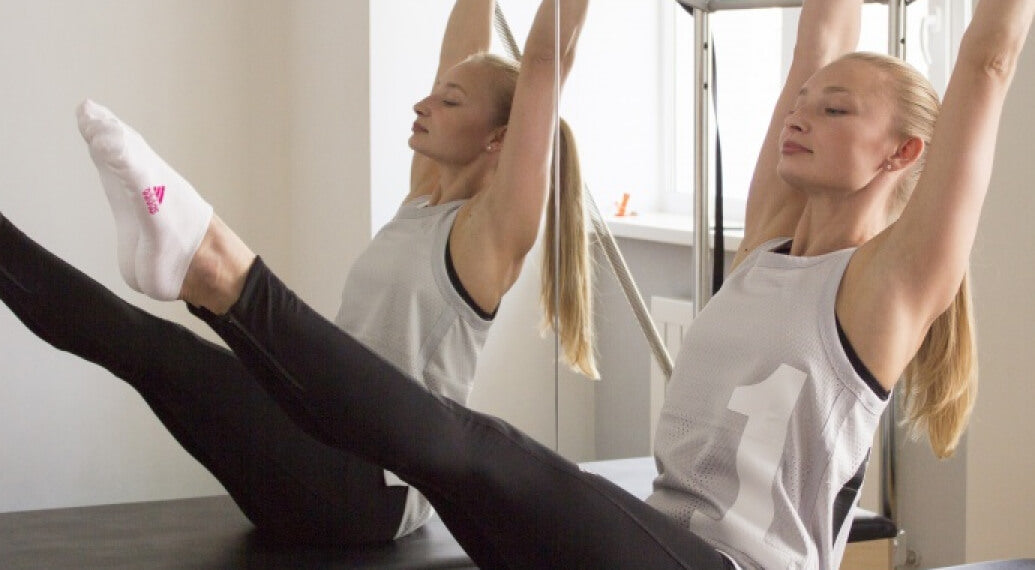Unlock the Secrets of Pilates Reformers for a Flawless Home Workout!
In recent years, Pilates reformers have surged in popularity, becoming a staple for fitness enthusiasts seeking to enhance their workout routines at home. These innovative machines provide a dynamic way to improve strength, flexibility, and overall fitness levels, making them an excellent choice for anyone looking to elevate their exercise regimen. Unlike traditional mat Pilates, reformers utilize springs and pulleys to create resistance, allowing for a broader range of movement and more targeted workouts. However, to reap the full benefits of a reformer, it’s essential to understand how to use it properly. In this article, we'll explore the intricacies of Pilates reformers, ensuring you have the knowledge and confidence to incorporate them into your home workouts effectively.

Understanding Pilates Reformers
A Pilates reformer is a versatile piece of equipment designed to facilitate various exercises through resistance. It typically consists of a sliding carriage, springs for adjustable resistance, straps, and a frame, allowing users to perform a multitude of movements. Unlike traditional mat exercises that depend solely on body weight, reformers offer added resistance, which can enhance muscle engagement and promote better alignment. This unique advantage makes reformers particularly beneficial for home workouts, as they enable users to target specific muscle groups more effectively. Friends who have transitioned to reformer workouts often share how it has transformed their fitness experience, allowing them to achieve results they never thought possible in traditional mat classes.
Choosing the Right Space for Your Reformer
When setting up a reformer in your home, selecting the right space is crucial for creating an inviting and functional workout environment. Ideally, you should look for an area with sufficient space to accommodate the reformer and allow for movement without obstruction. A minimum of 10 feet by 10 feet is recommended to ensure you can perform exercises safely. Additionally, consider the lighting; natural light can enhance your mood and motivation, so a room with windows is a plus. Lastly, keep the surroundings clutter-free and peaceful to help you focus during your workouts. I once helped a friend set up her reformer in her sunlit living room, and the transformation made her more excited to work out regularly.
Basic Exercises to Get Started
For beginners, starting with fundamental exercises can help build confidence and a solid foundation for more advanced movements. Here are a few essential exercises to get you started: Footwork: Lie on your back on the reformer with your feet on the footbar, and push the carriage away while maintaining control. This exercise strengthens the legs and engages the core. Leg Circles: With your feet in the straps, lift your legs to a tabletop position and make small circles. This targets the hip flexors and improves flexibility. Chest Opener: Sit tall on the reformer with the straps in hand, and pull the straps out to the sides to stretch the chest and shoulders. Each of these exercises can be modified based on your fitness level, and they provide a great introduction to using the reformer safely and effectively.
Tips for Proper Form and Technique
Maintaining proper form is essential during Pilates workouts to prevent injuries and maximize the benefits. Focus on keeping your spine aligned and engaging your core throughout each movement. Avoid overarching your back, and ensure your shoulders are relaxed away from your ears. A common mistake is to hold the breath; remember to breathe deeply and evenly as you move. My friend often reminds me how much smoother her practice became once she concentrated on her breath and alignment, significantly enhancing her workout experience.
Progressing Your Practice
As you become more comfortable with the reformer, it’s important to challenge yourself by gradually increasing the intensity and complexity of your workouts. This can be done by adjusting the spring resistance, increasing the number of repetitions, or incorporating more advanced exercises. Consider adding variations to basic moves, such as changing your foot position during footwork or trying single-leg exercises to engage your core and stability more effectively. Listening to your body is crucial during this progression; if an exercise feels too challenging, it’s perfectly acceptable to revert to a simpler version until you build the necessary strength and confidence.
Common Mistakes to Avoid
Many beginners make common mistakes when first using a reformer, which can hinder their progress and lead to frustration. One typical error is rushing through exercises without focusing on form, which can lead to injuries. Another mistake is using too much resistance right away; starting with lighter springs allows for better control and technique. Additionally, ignoring discomfort can be detrimental; always listen to your body and make adjustments as needed. A friend of mine learned this the hard way when she pushed through a painful movement, resulting in a setback. Taking the time to practice mindfulness and awareness during workouts will pay off in the long run.
Maximizing Your Pilates Journey at Home
In summary, Pilates reformers present an incredible opportunity to enhance your fitness journey from the comfort of your home. By understanding the equipment, choosing the right space, mastering basic exercises, and progressing thoughtfully, you can unlock the full potential of your workouts. Emphasizing proper form and avoiding common pitfalls will not only improve your results but also make your Pilates practice enjoyable and fulfilling. So, take a deep breath, set up your reformer, and embark on your Pilates journey with confidence. Remember, consistency and self-care are key components of any successful fitness routine!







